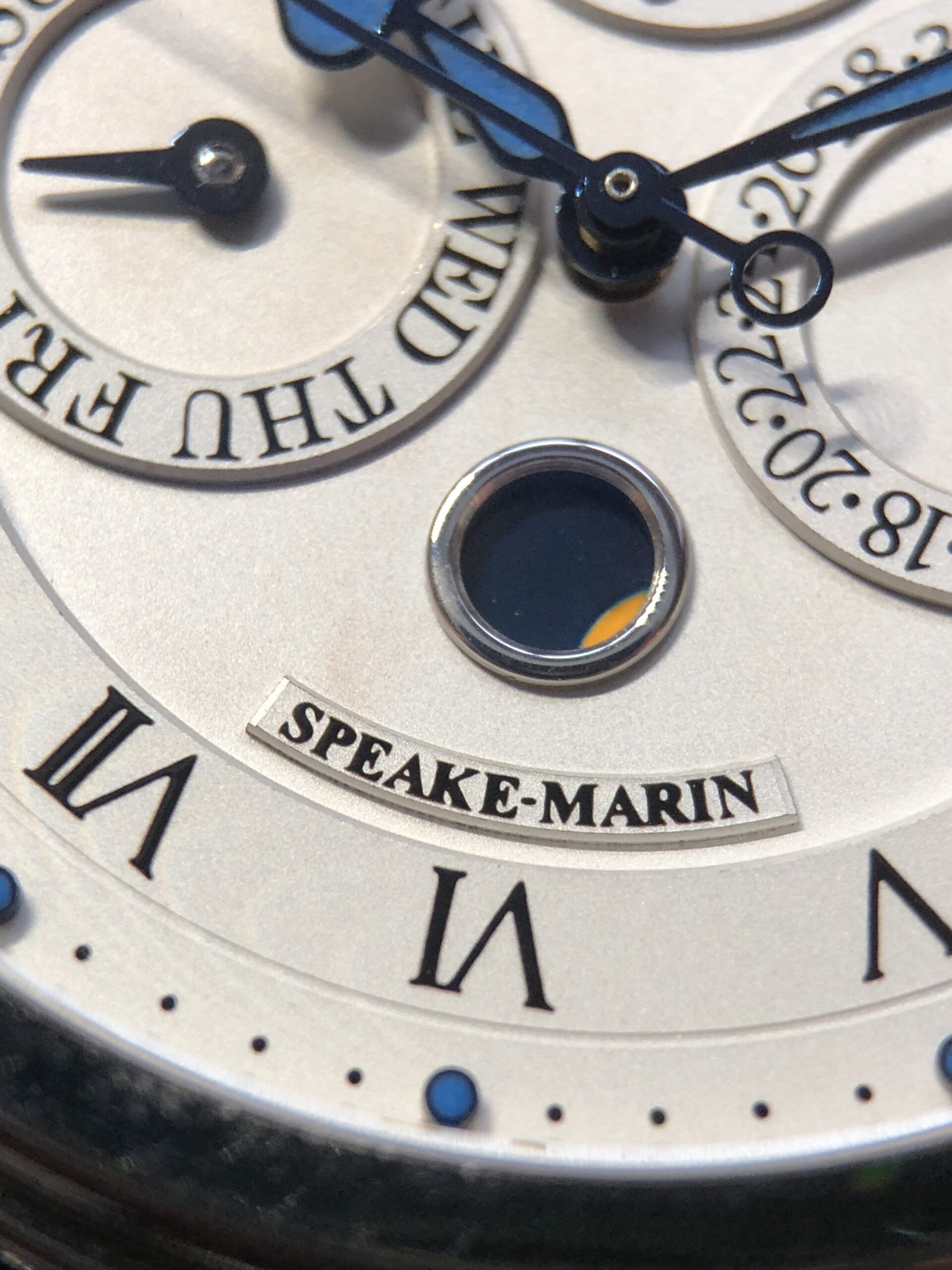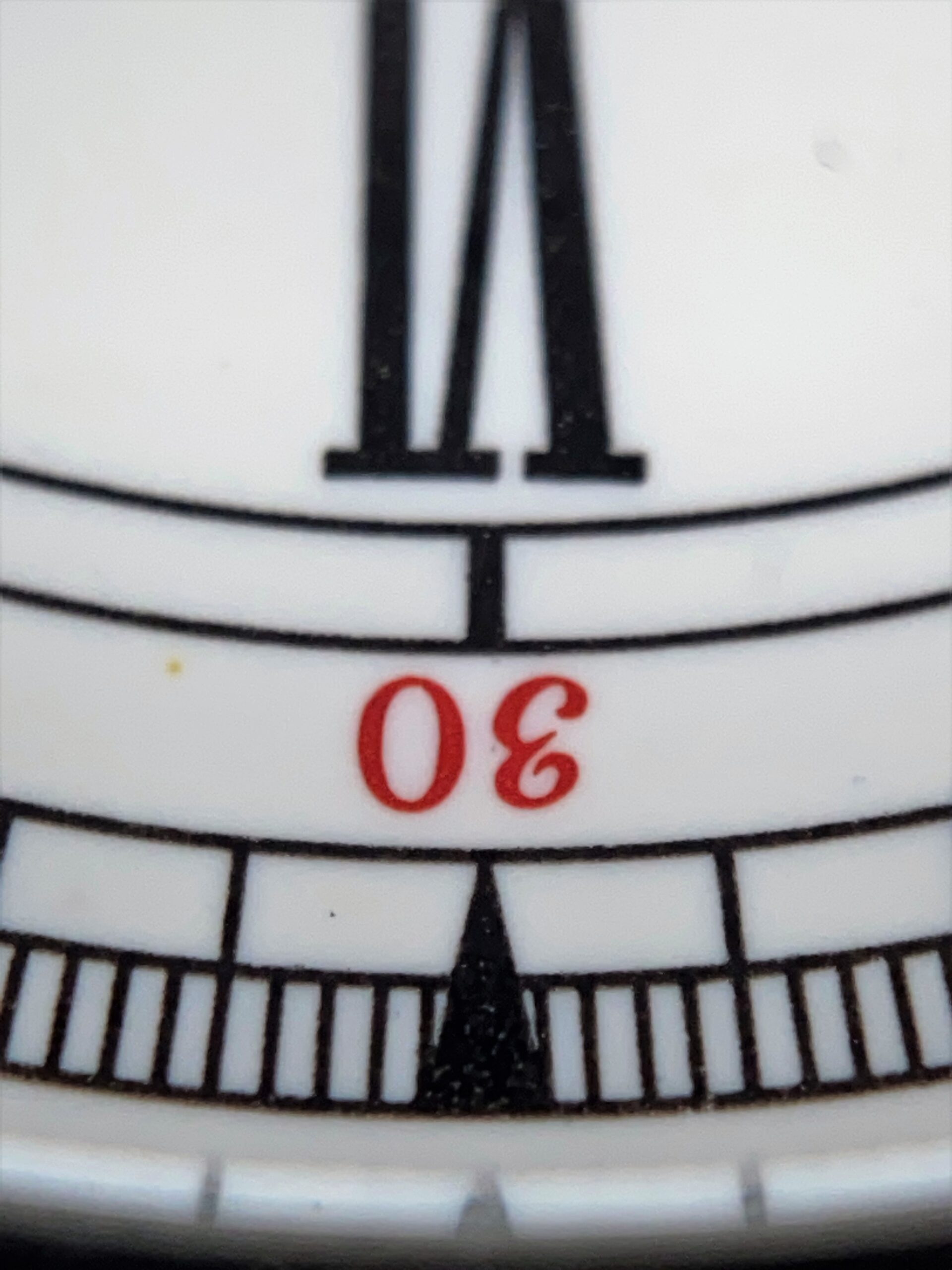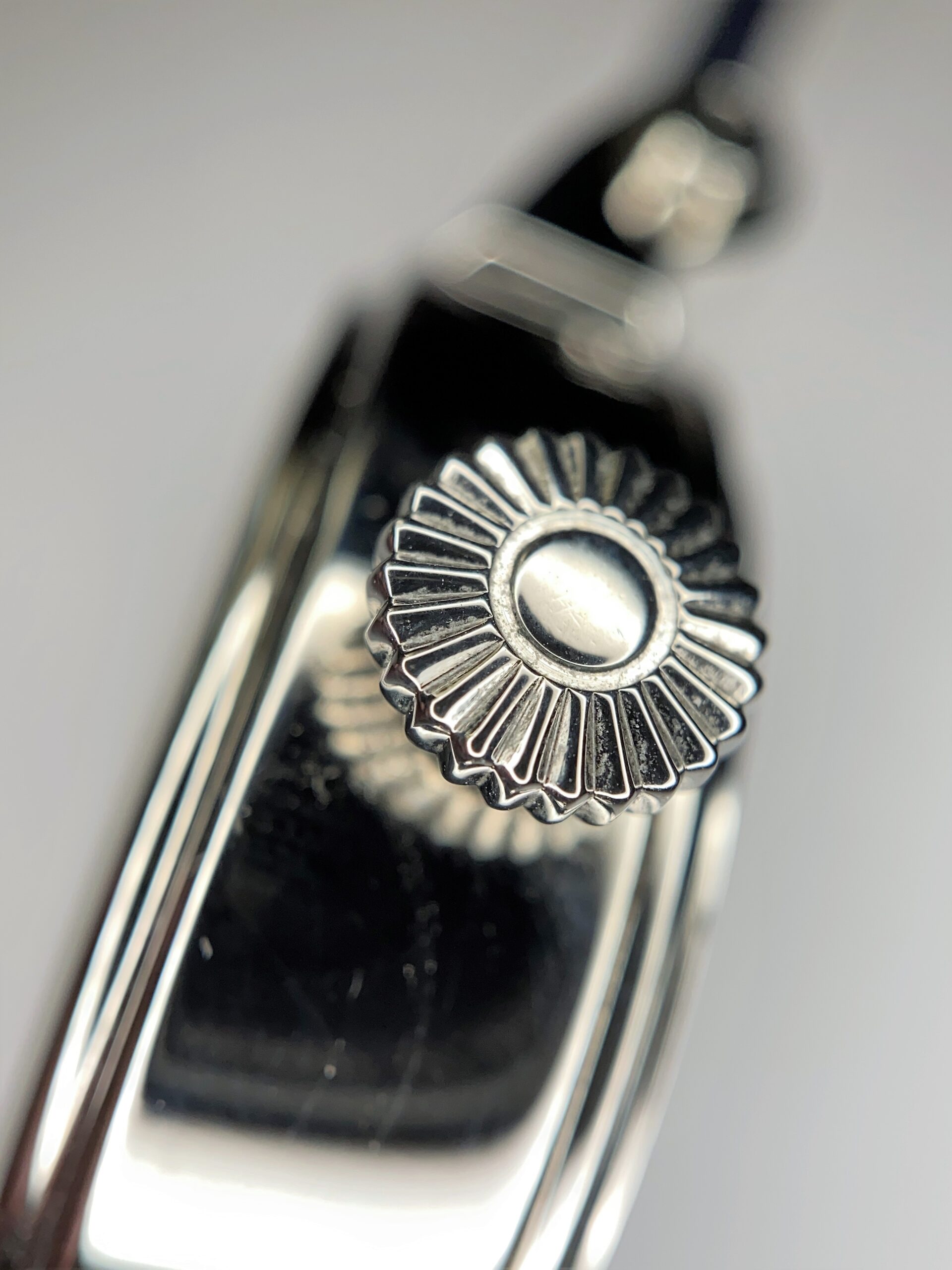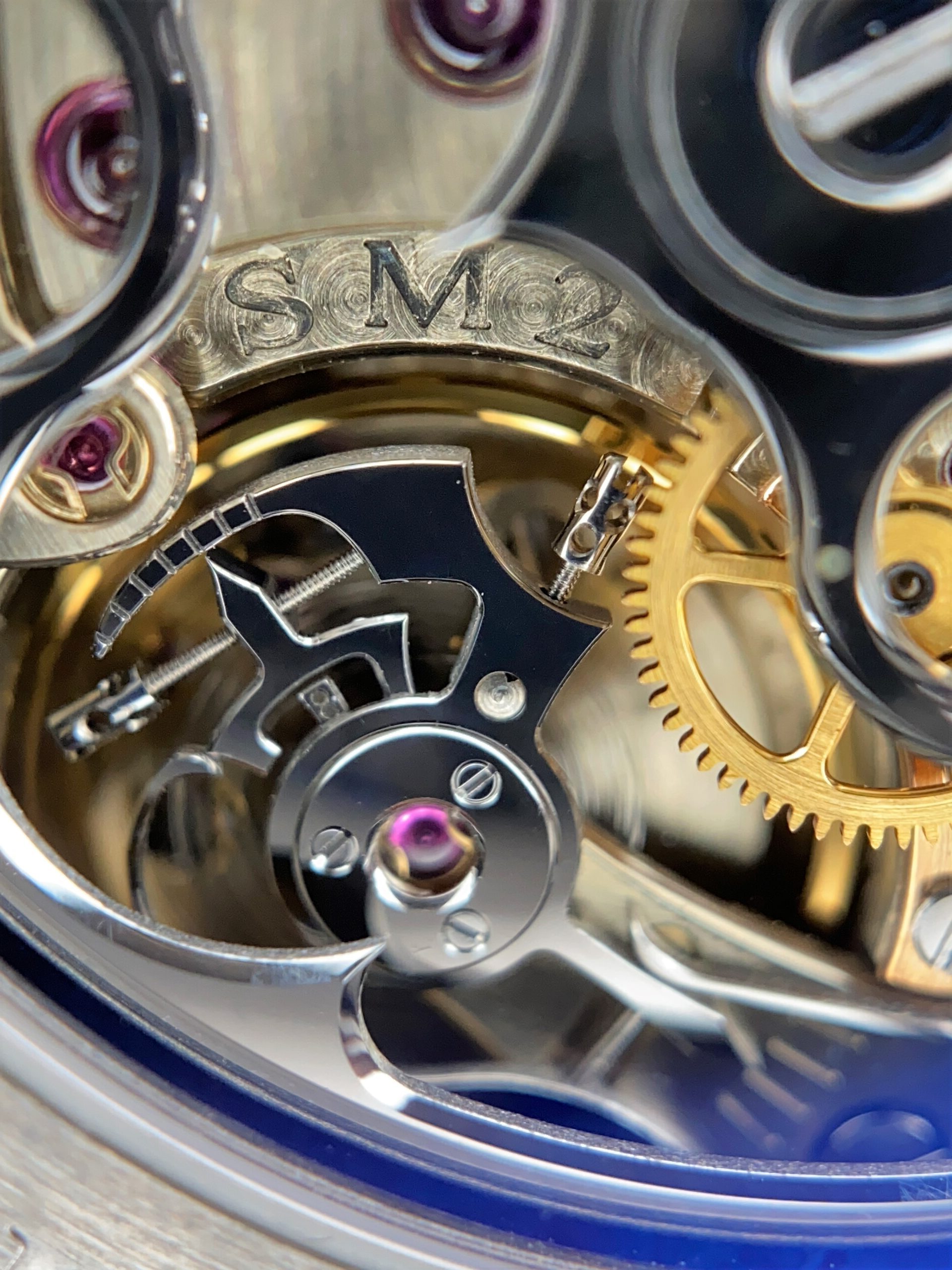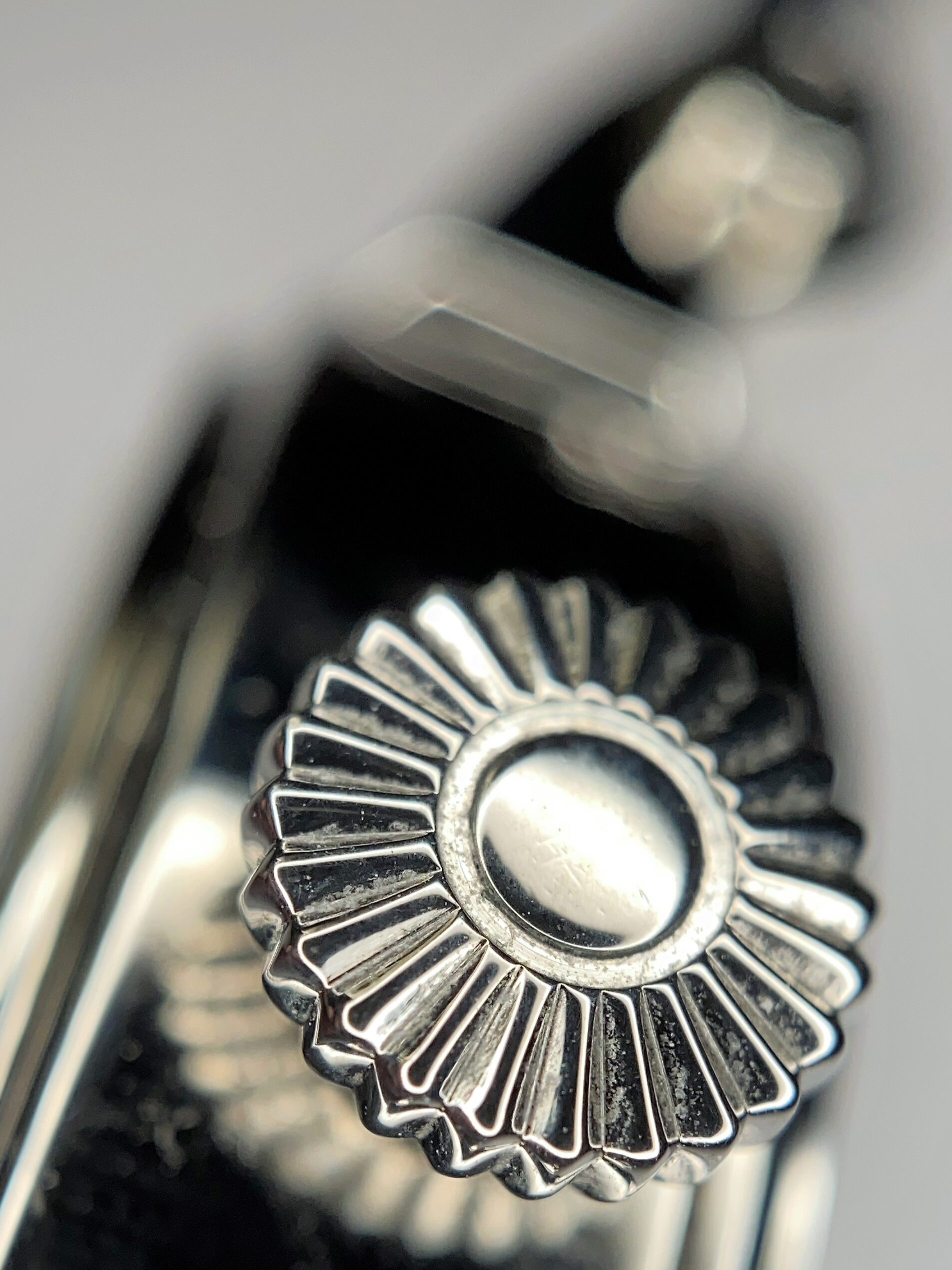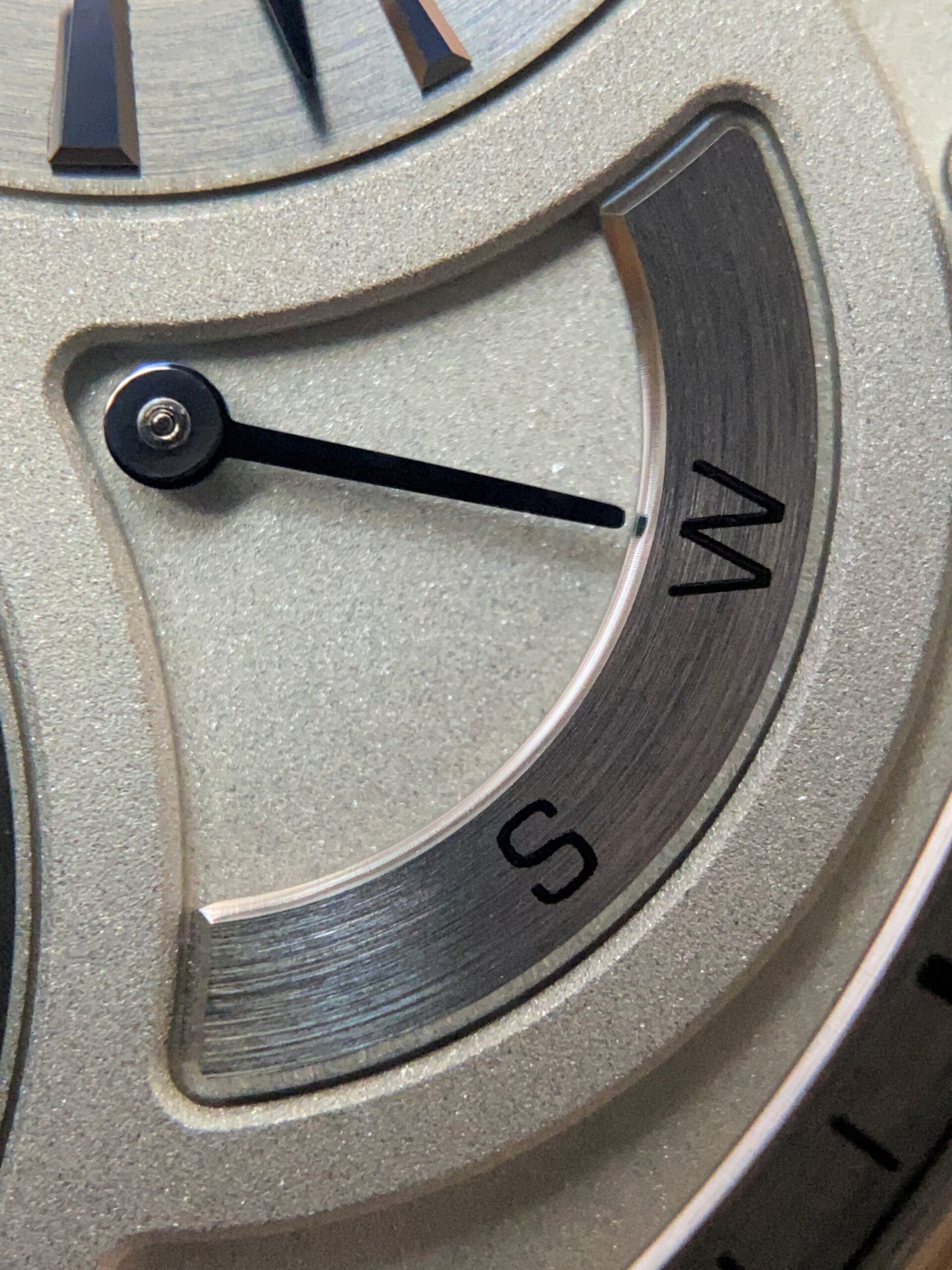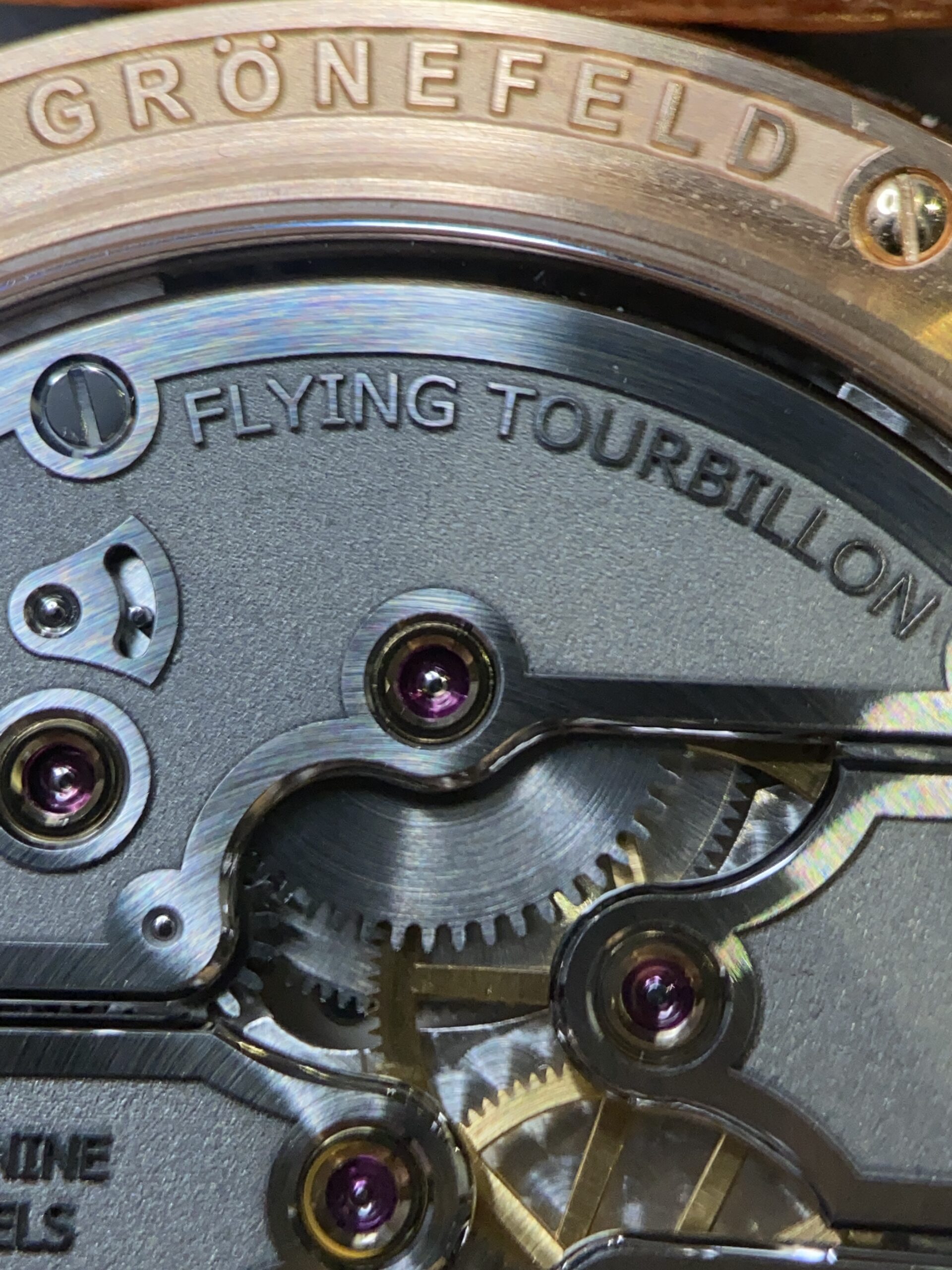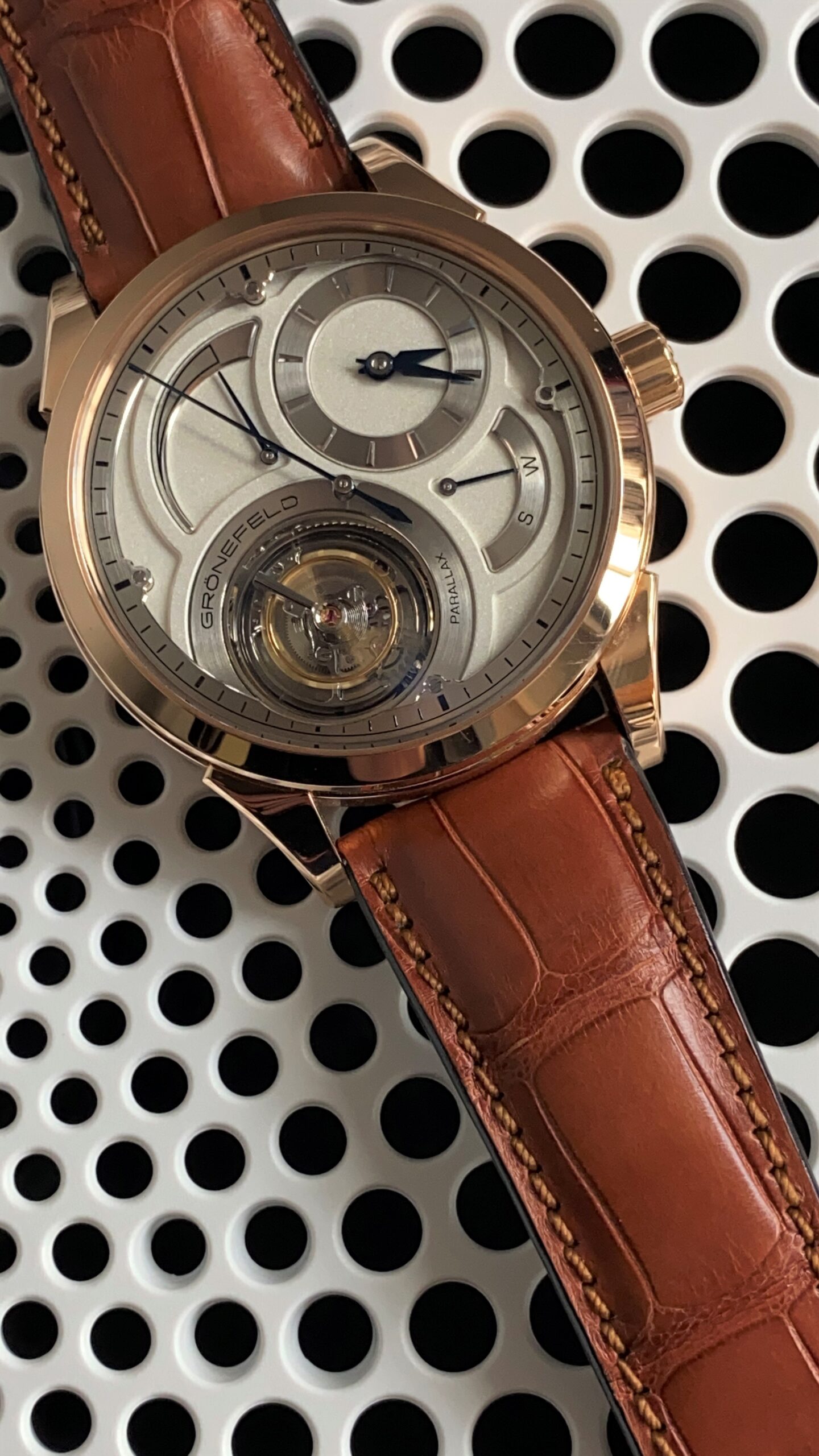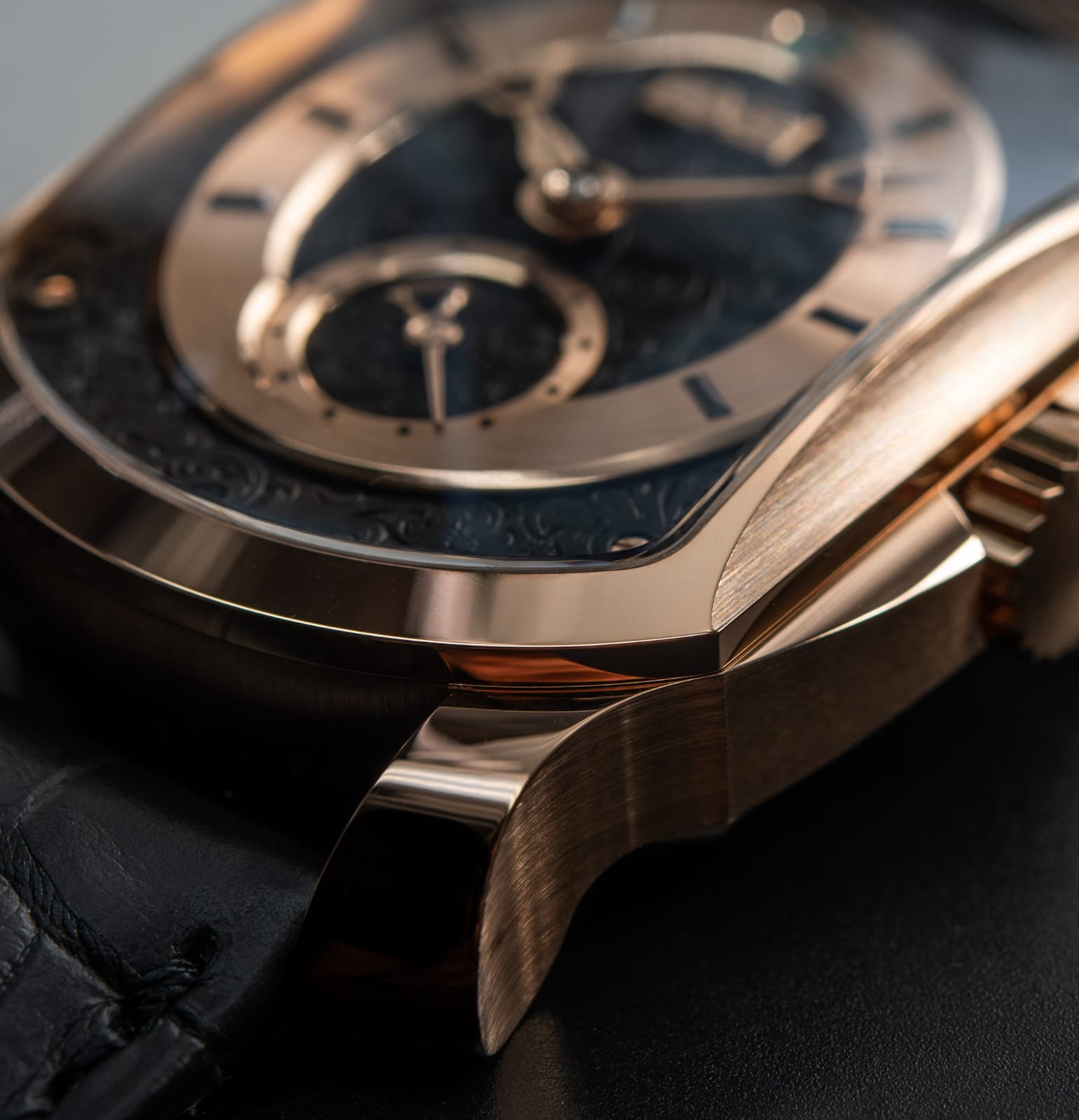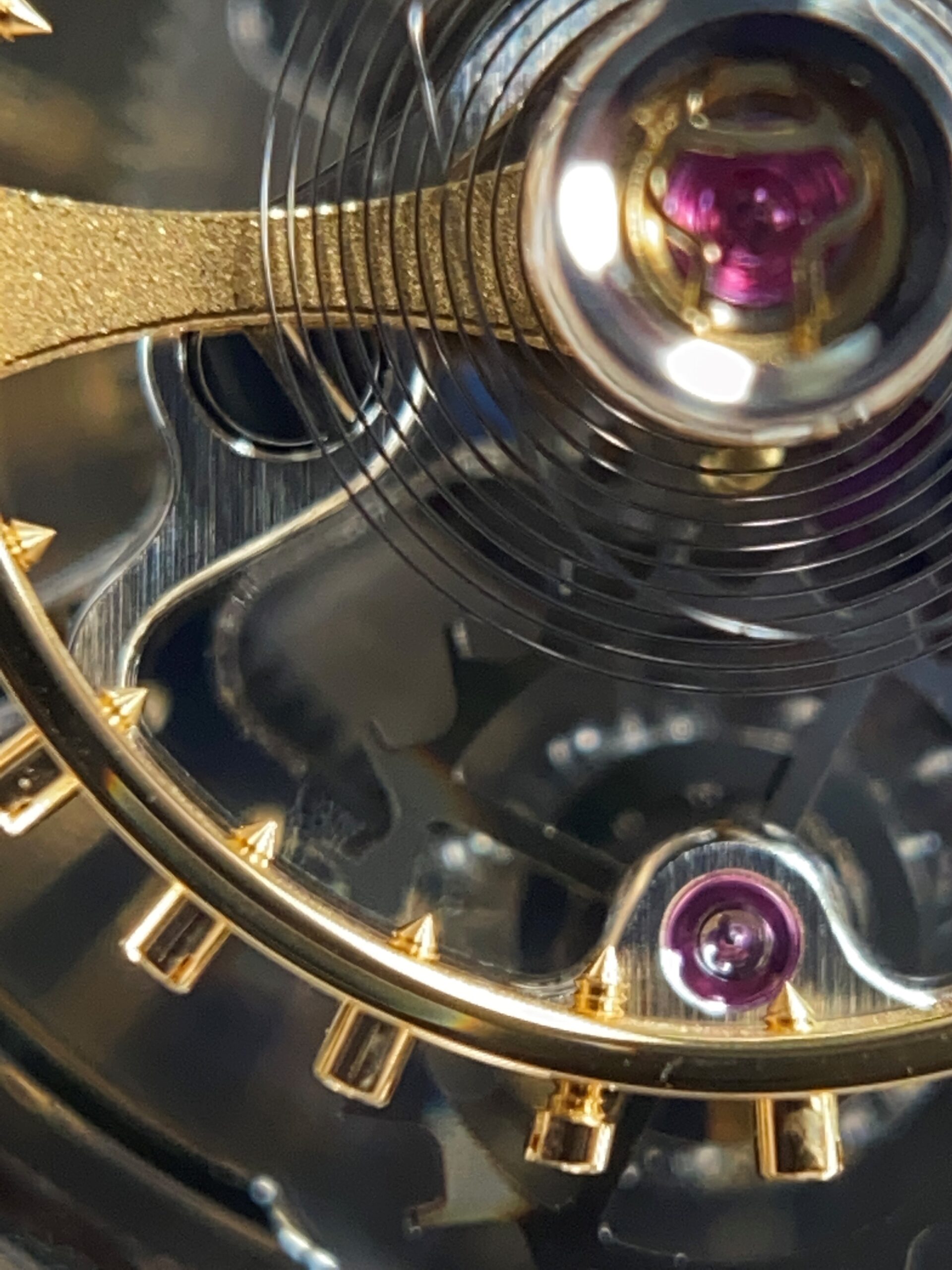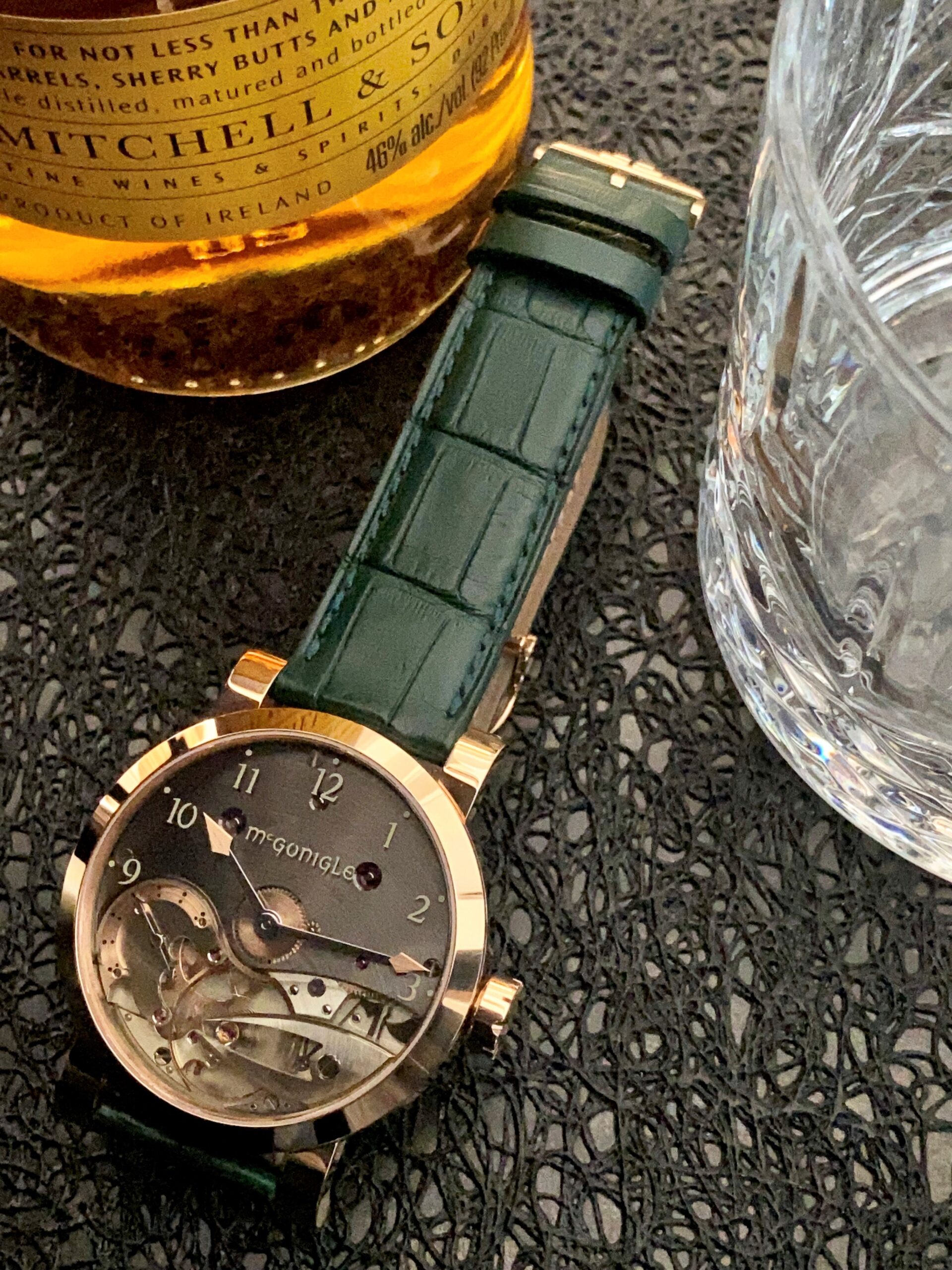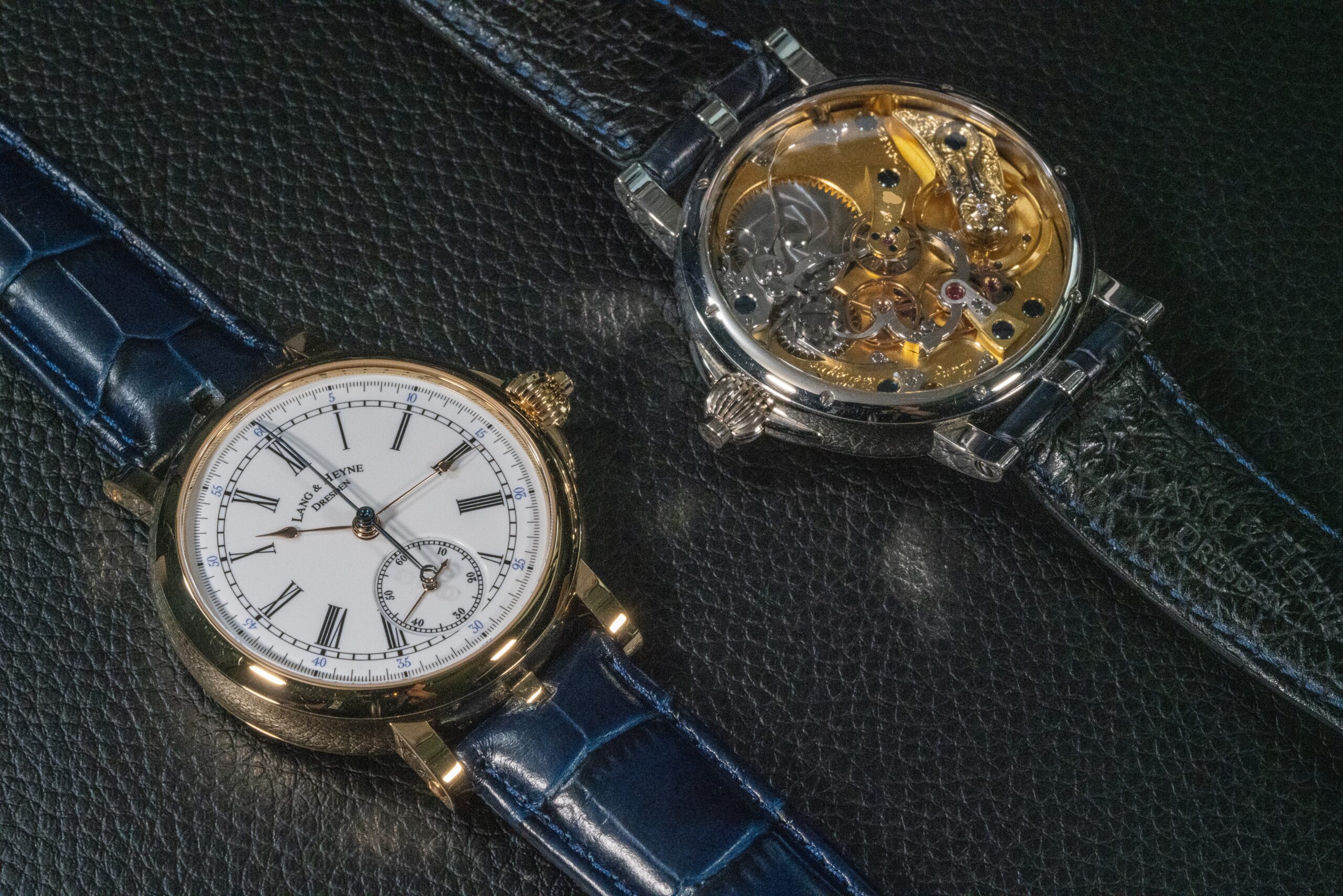The many layers of Andreas Strehler
His is a name known by few collectors it seems. Yet in horological circles he is a legend and long time contributor to the modern independent watchmakers’ universe.
He is known for his clocks and watches, his innovation and design, his problem solving, his Guinness World Record, and dare I say his beard and mustache.

The Tischkalender – a perpetual calendar desk clock and syncing pocket watch he presented at Basel in 1998 – is a device you might expect to see being presented in the royal court by Merlin to demonstrate his magical powers over space and time.
It hasn’t (in my opinion) had the recognition it deserves as it sits on far to few desks of kings and titans of industry.

Abraham Louis Breguet’s Sympathique.
Some know of his role as designer and maker of movements, complications, and solutions for other brands, but we don’t talk about that much. It’s best at time to not pull open the curtain.
And he makes his own watches as well – to many the ultimate secret. Early in our visit Andreas shared that his marketing and self promotion skills do not match his horologic ones. I’m not sure much would match his horological skills.
His watches have a depth of technology and esthetics not often seem. Technically this includes the most accurate lunar phase in the world. Is accurate to one day every 1,000 years good enough? The answer was “no” so an additional gear was added making it every 2,000,000+ year.

But the physical depth of the watches is not obvious even in the pictures on his own webpages. In person there is an amazing dimensionality, layering, stacking of the elements. Look at the inside edges of the case to see the height between the furthest plate, the barrels, gears, the bridges (including the welcomingly thick papillon), minute / hour ring, hands and then sapphire.


I’m focused on the Papillon d’or as I see it as his iconic piece, but his line of watches extends from the “simple” Time Shadow to the Trans-Axial Tourbillion with regulated energy, lunar, and more between.



All use the recognized pillow shaped case designed to fit the movement Andreas developed tightly and perfectly. And all share an annual serial number methodology that starts at 1 for each year. You’ll easily find a “signature” throughout the diverse line up.
His desk includes a large Wacom tablet for drawing and dreaming while the back rooms are filled with the legacy and latest in machinery and craftsmanship.

Some machines have been with him for many years, others new and improved with Bluetooth and iPads making precision more accurate.

In a room off to the side, hand engraving on titanium is taking place with the greatest of machines – the human hand.
Somehow the machinery feels so remote from the watches. While they are accurate, they lack the soul and humanity that the final pieces carry. They are loud and cumbersome unlike Andreas who has a soft contemplation from which magic and beauty- like the Papillon d’or – can arise.

The town of Sirnach is near where Andreas grew up and where he currently lives and works. It’s about an hour from Zurich (which I’m sure is the Swiss word for “construction” or “traffic” given my drive). When asked why he’s not closer to the watchmaking areas of Switzerland he replies “it’s easier to keep a secret here.” I guess Sirnach is Swiss for “secret”.
It took years for me to pull the trigger on the Papillon d’or and to visit Andreas. Honestly I can’t explain why. Had I seen the piece in person earlier I’m sure I would have made this decision – and trip – much sooner.
